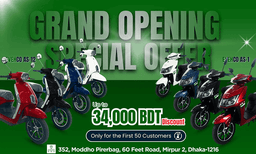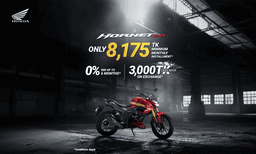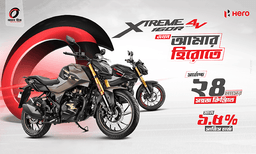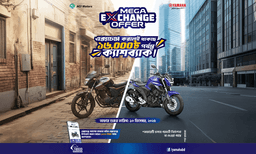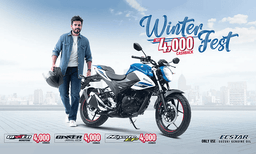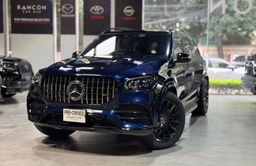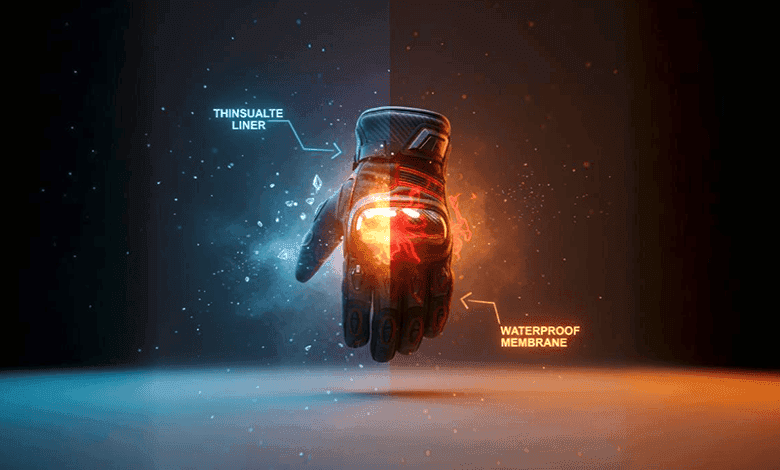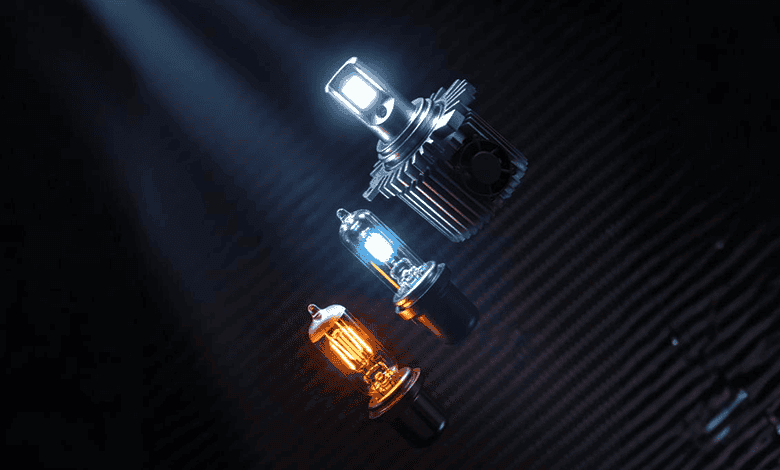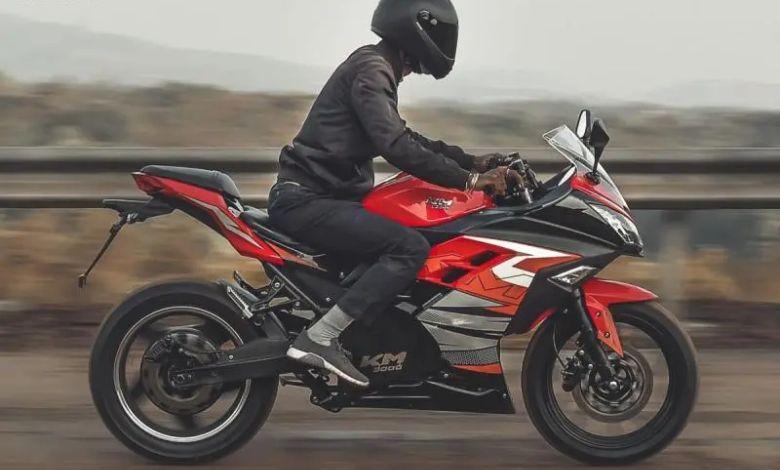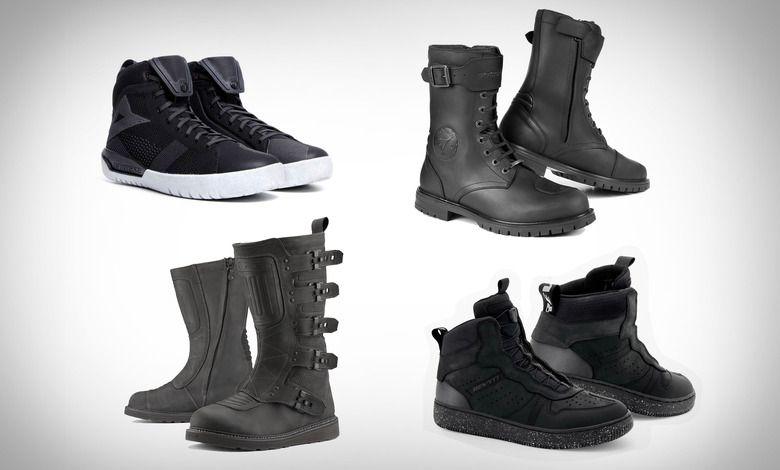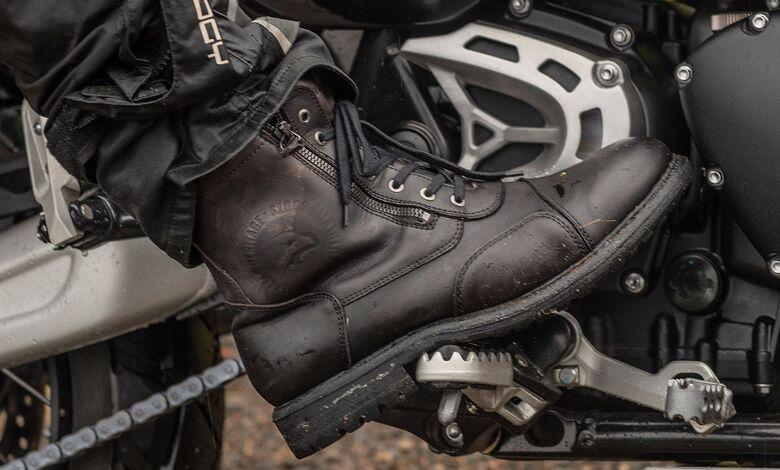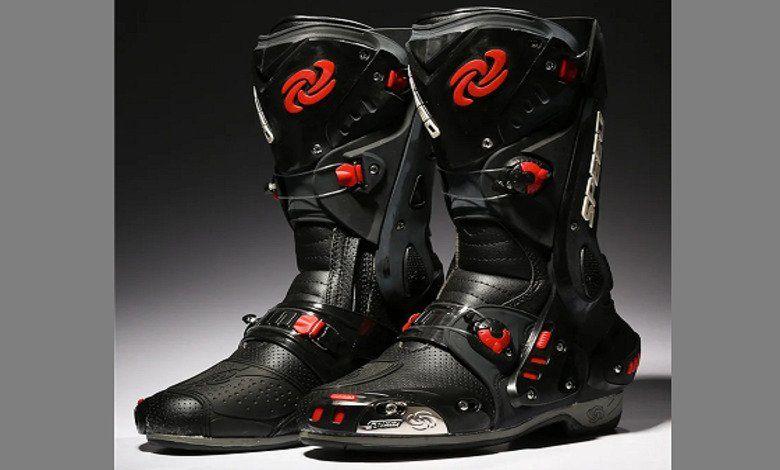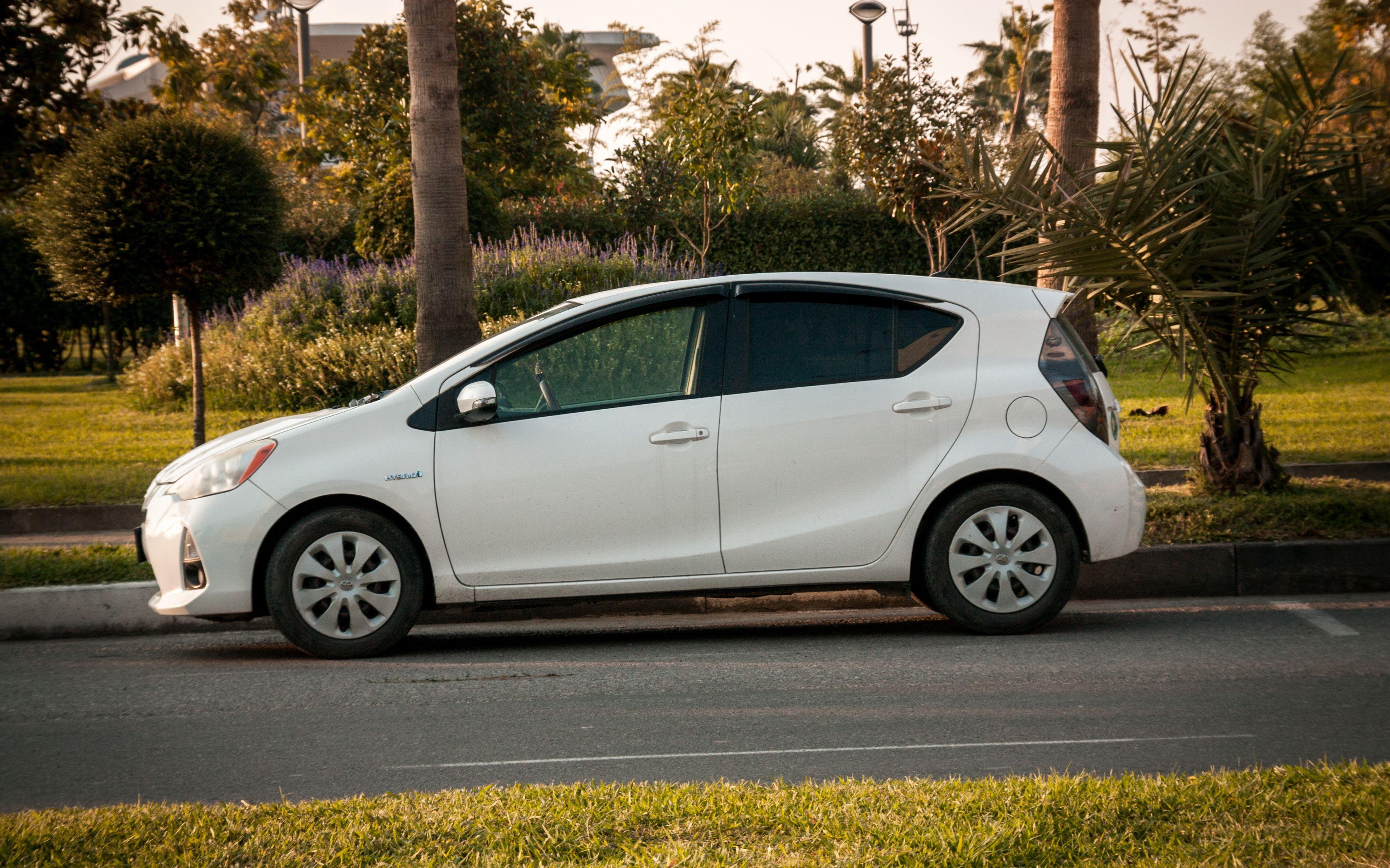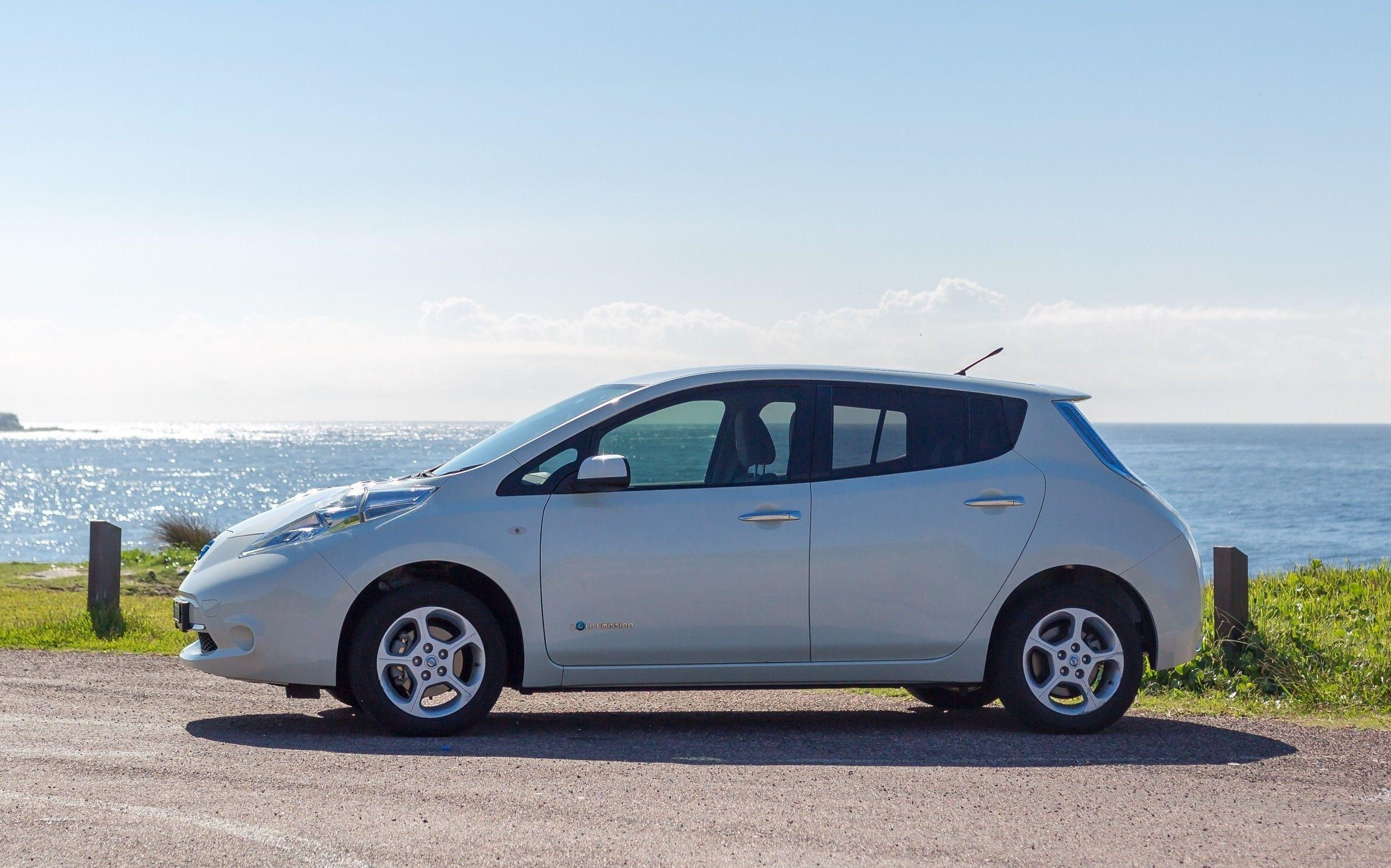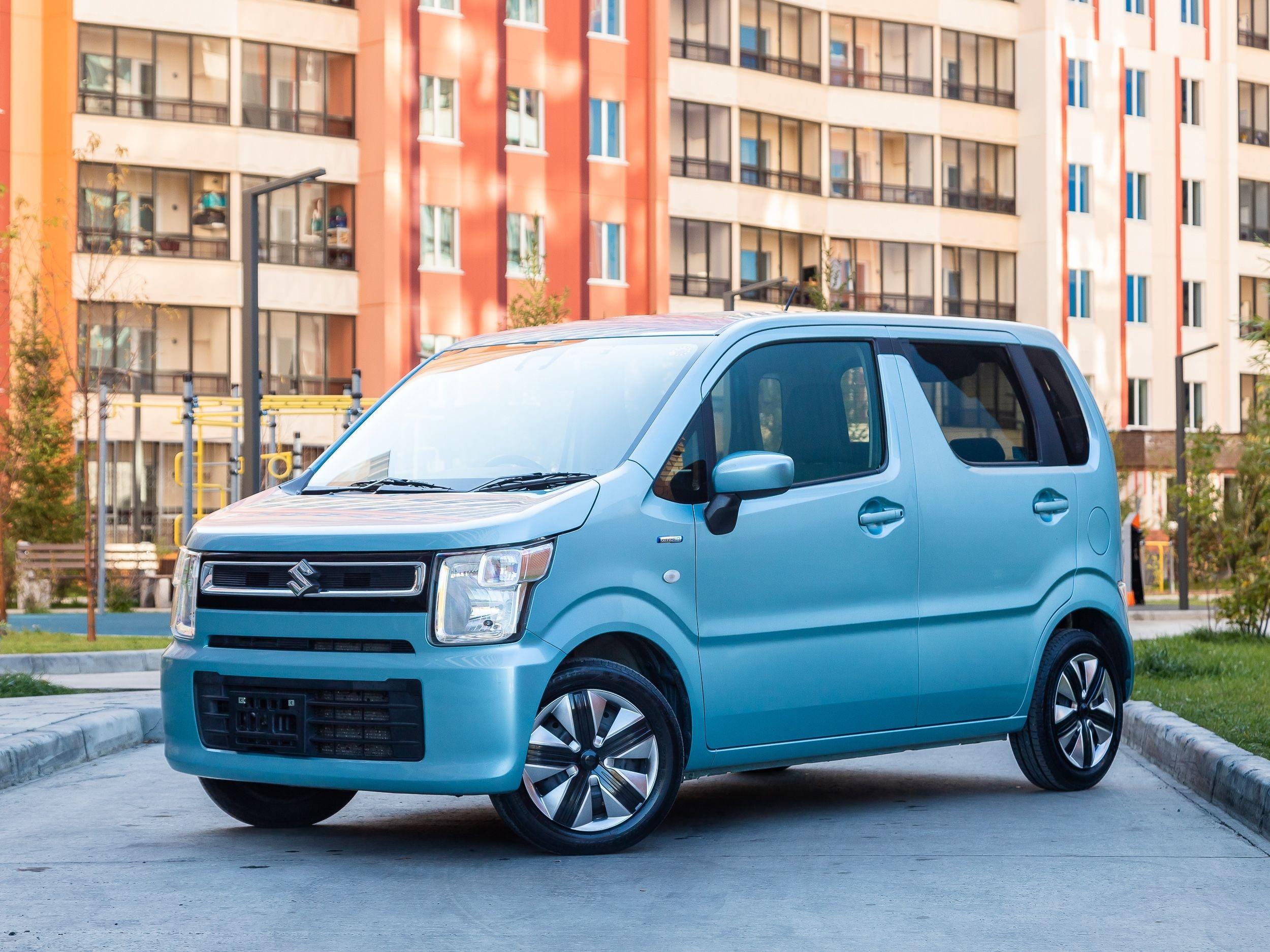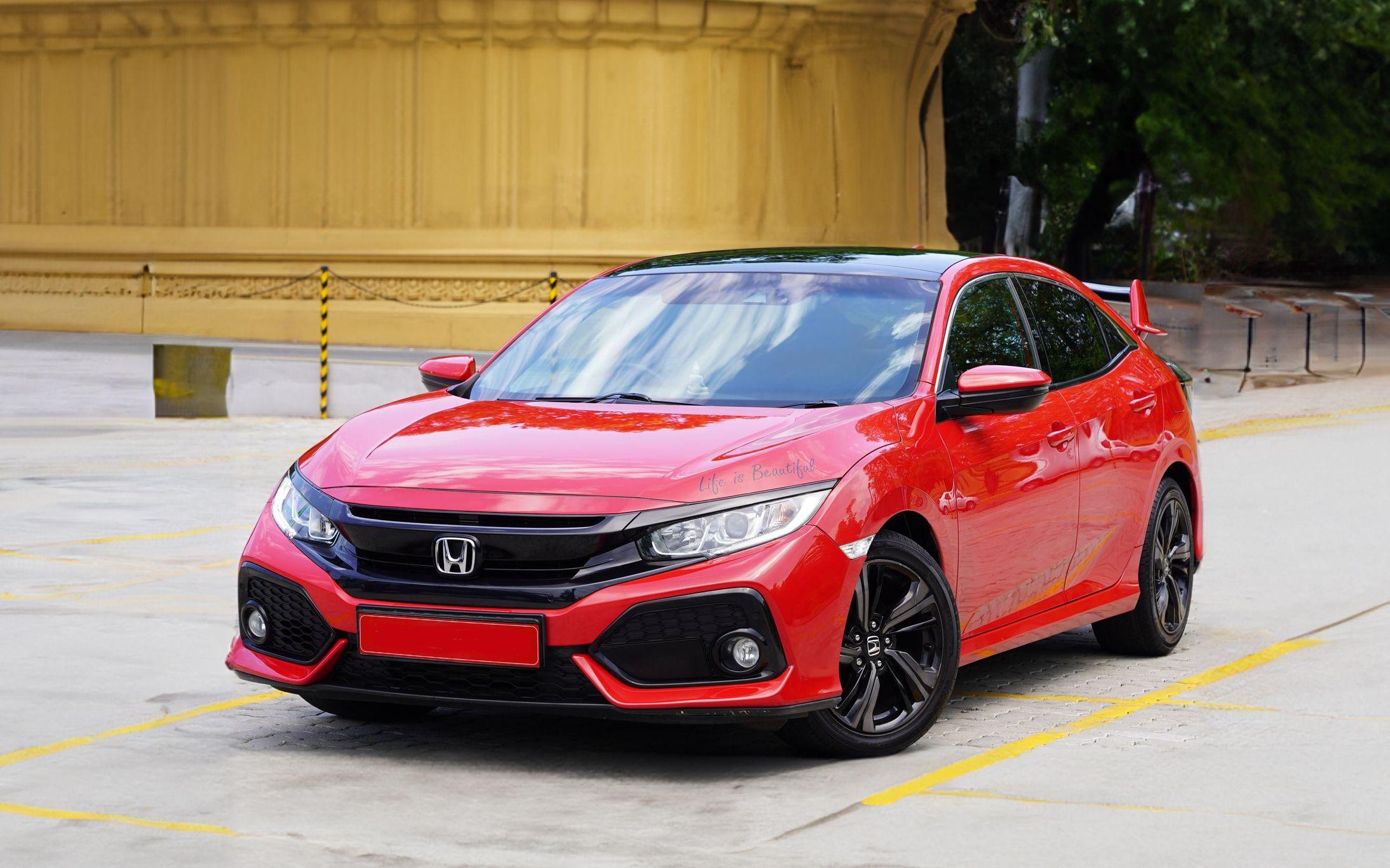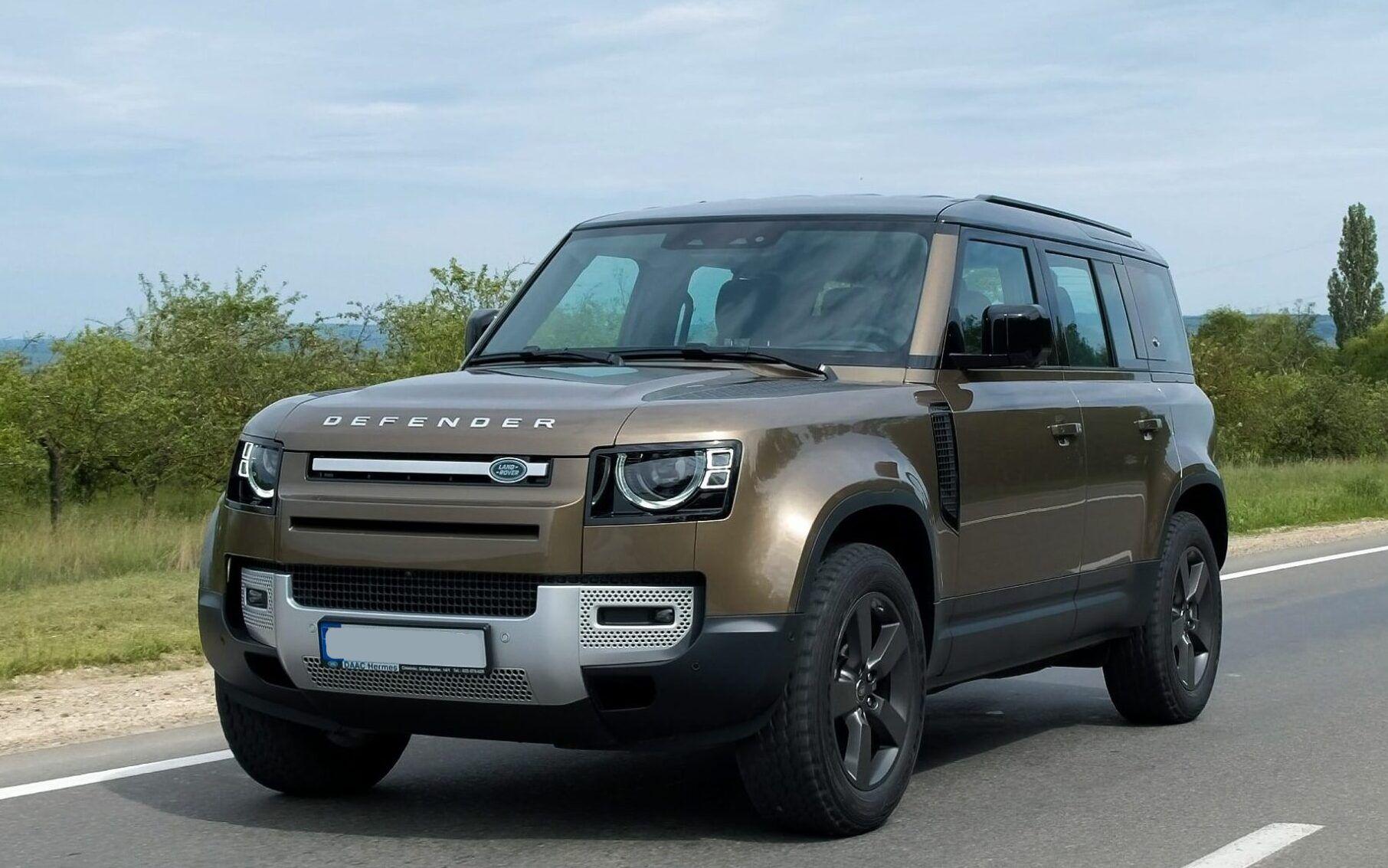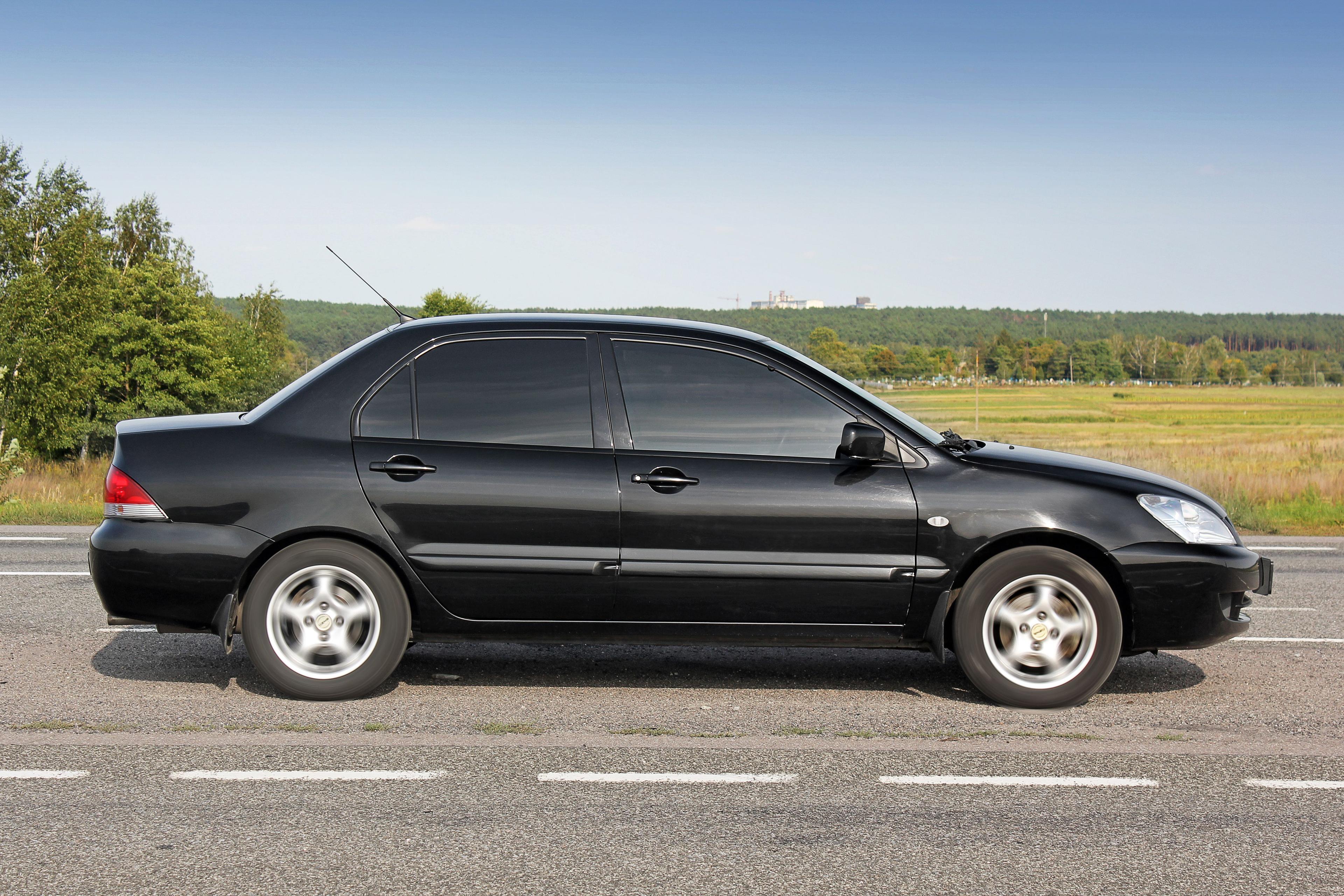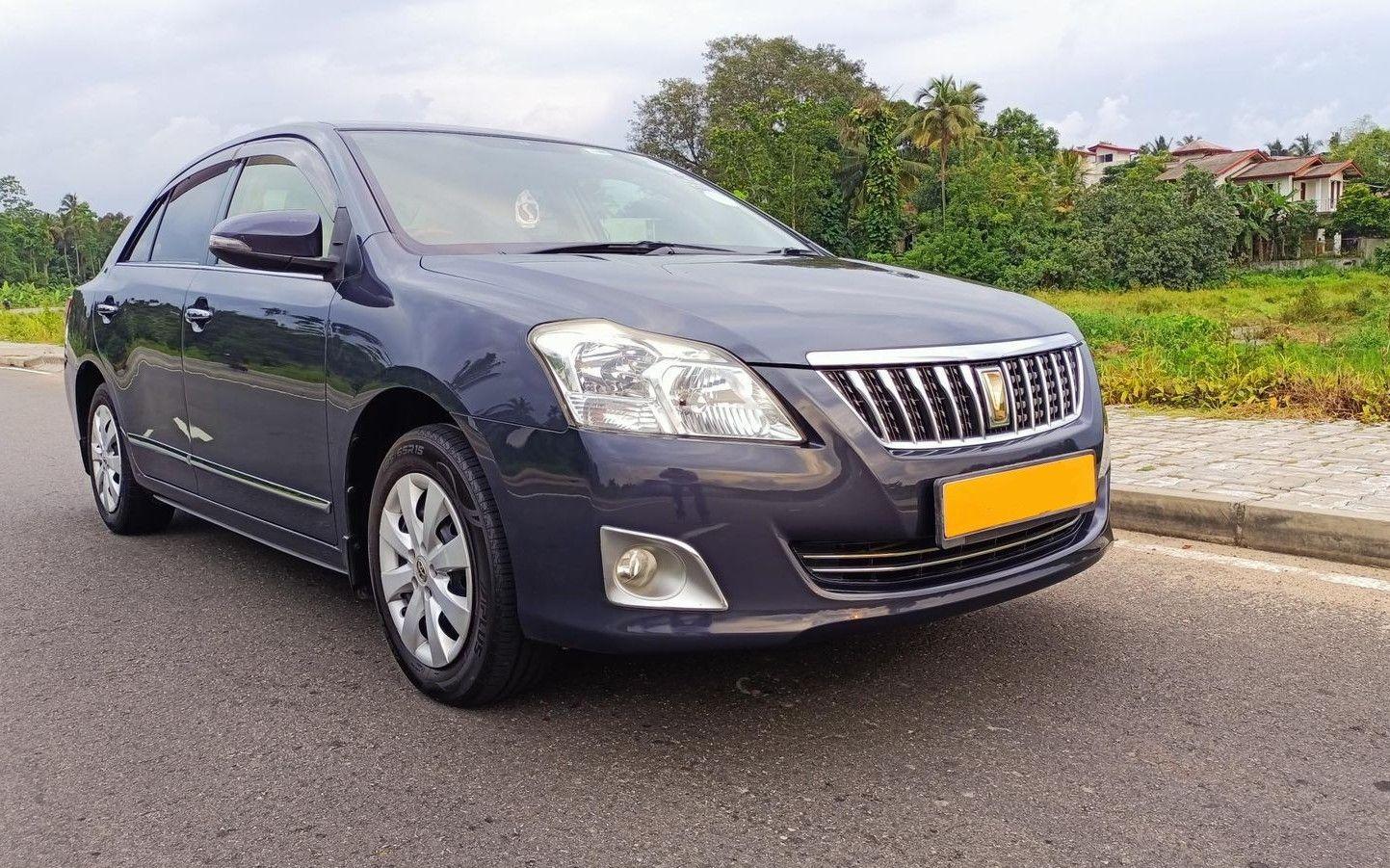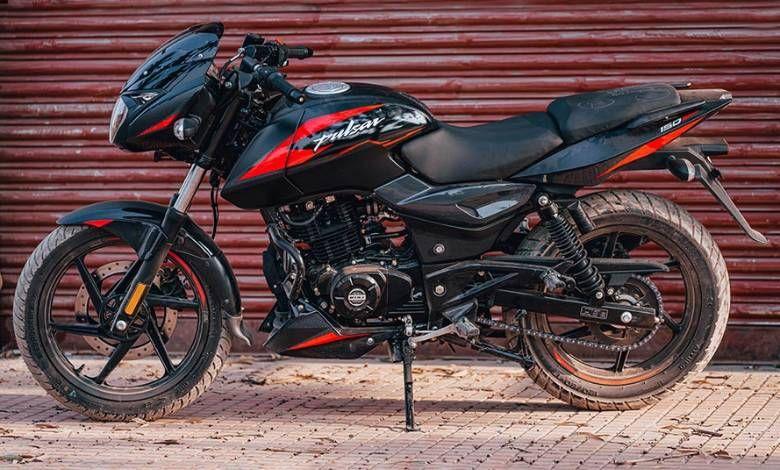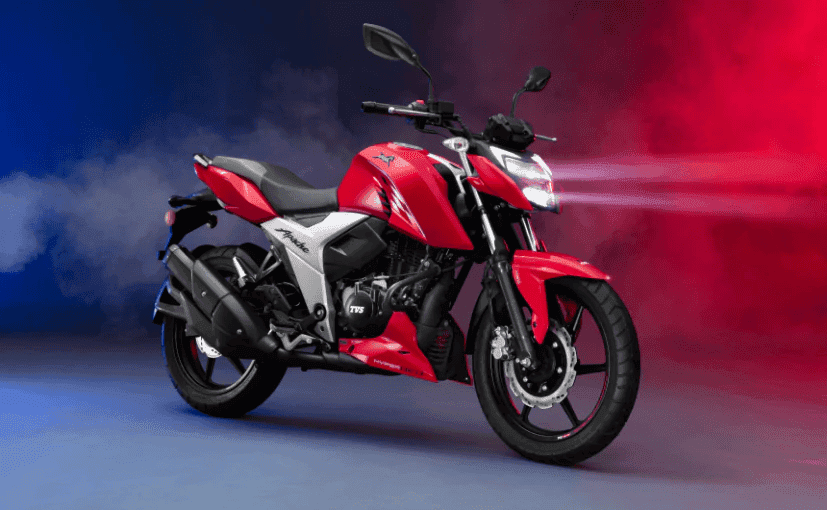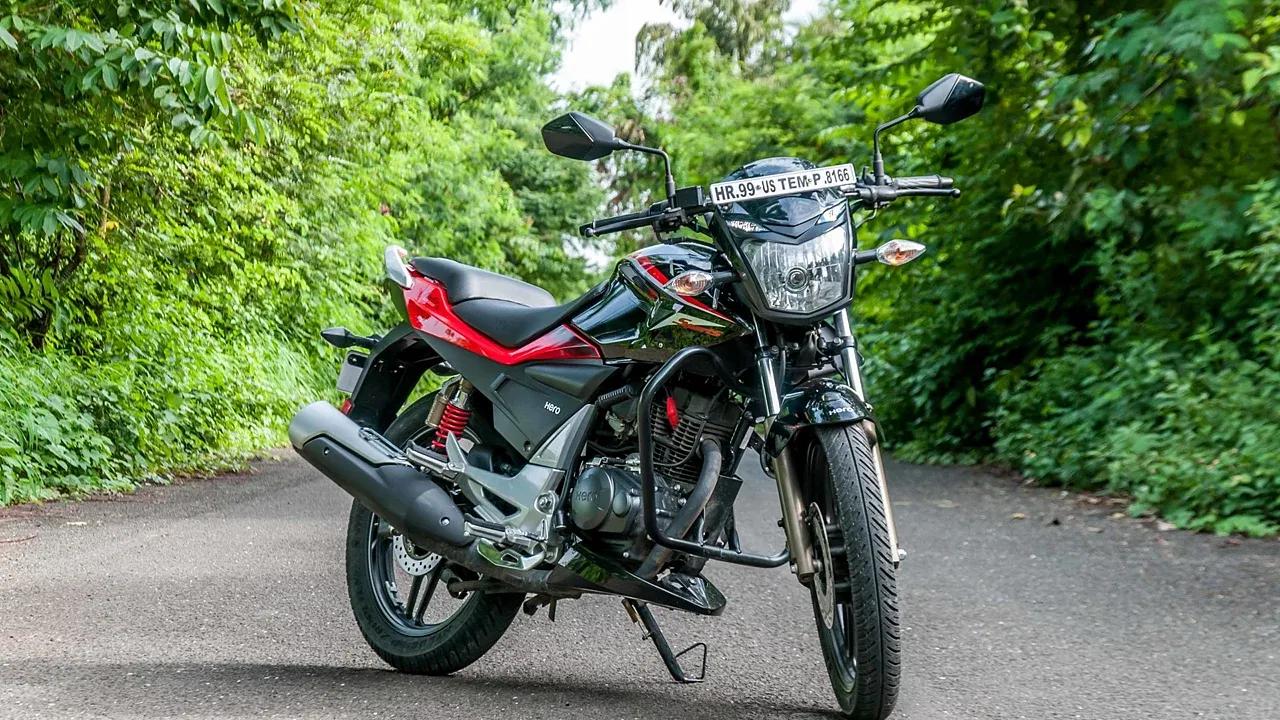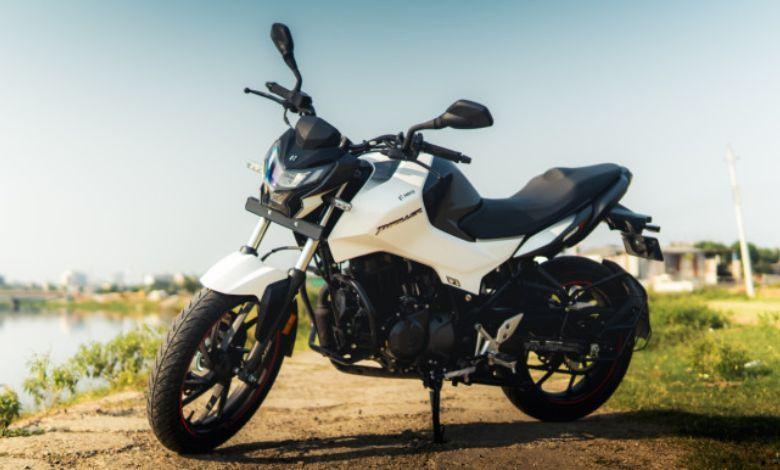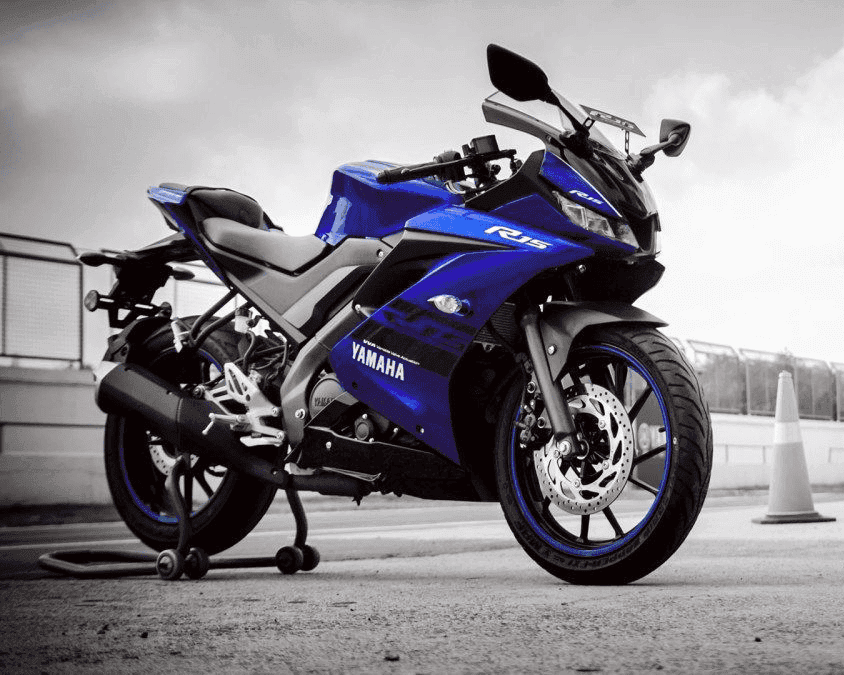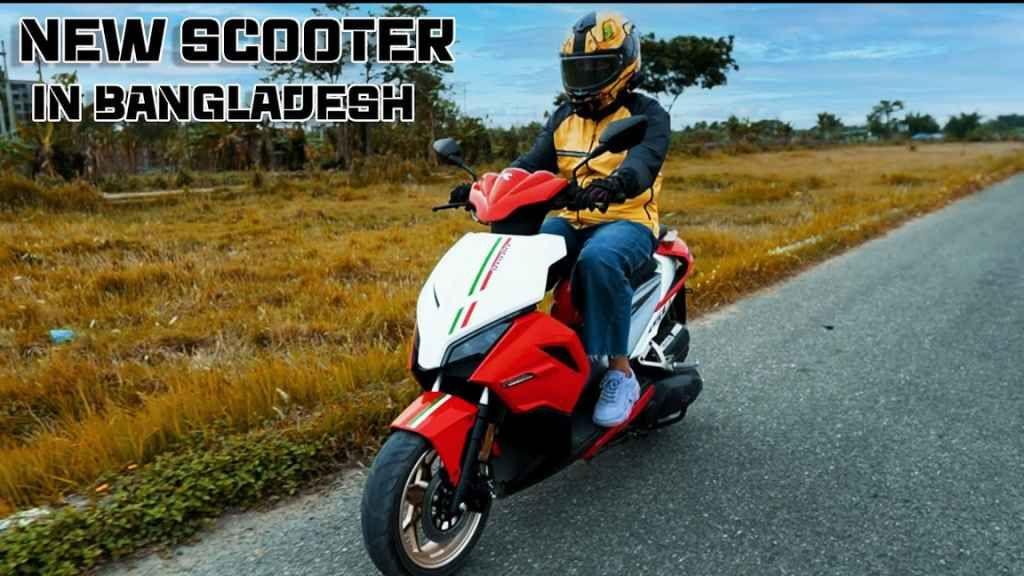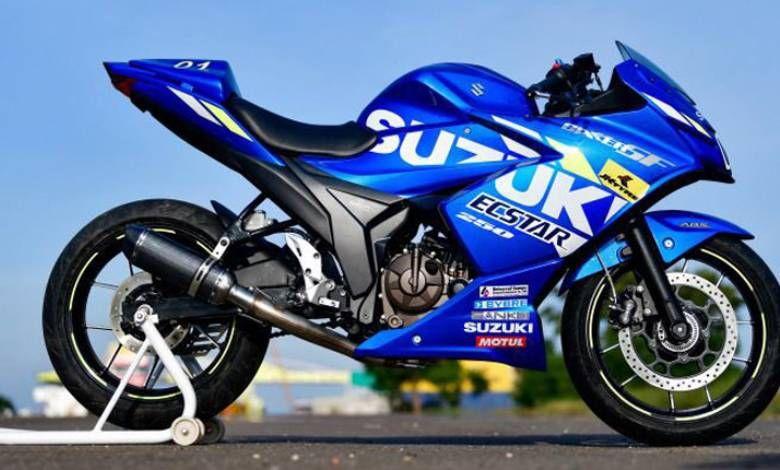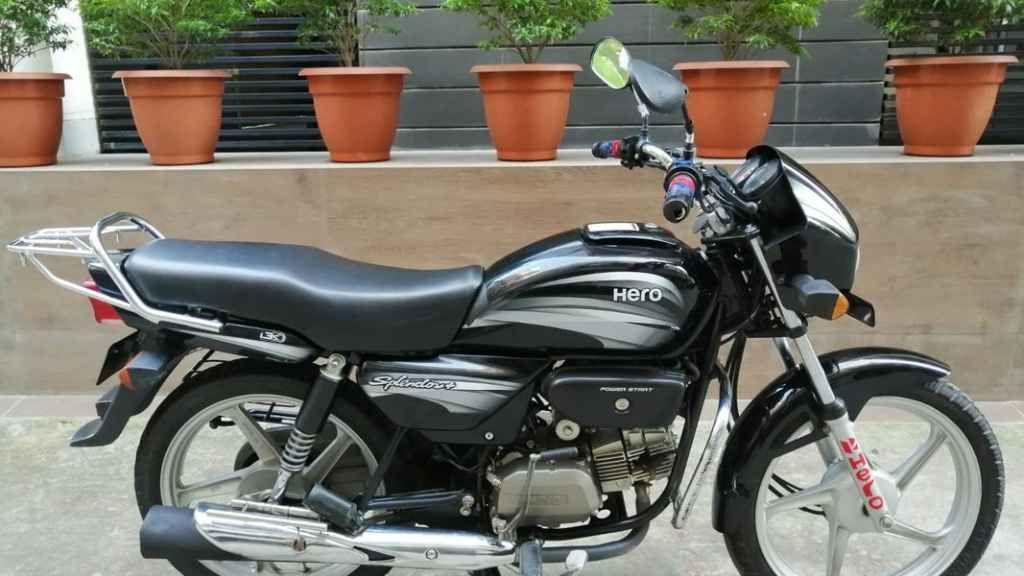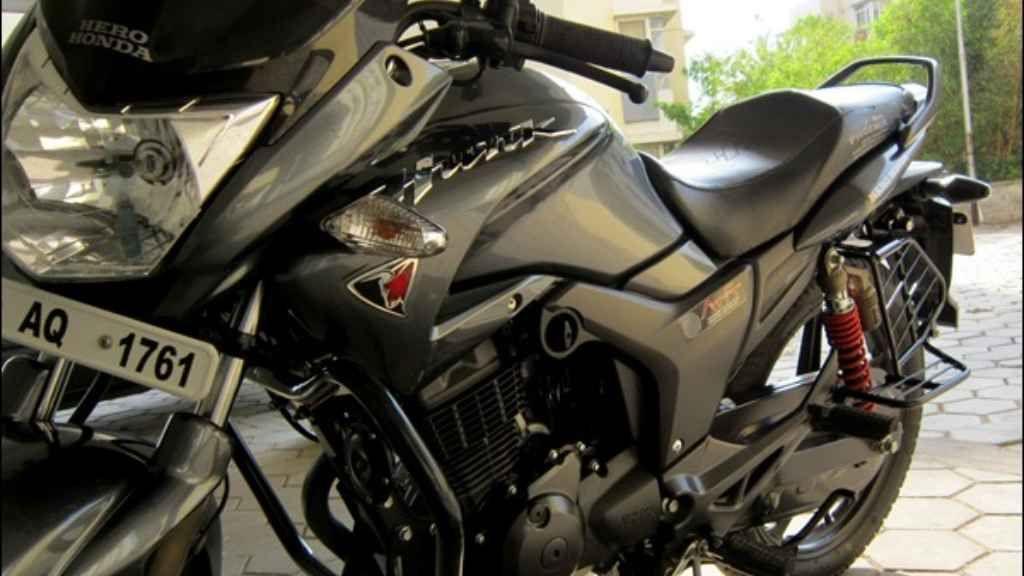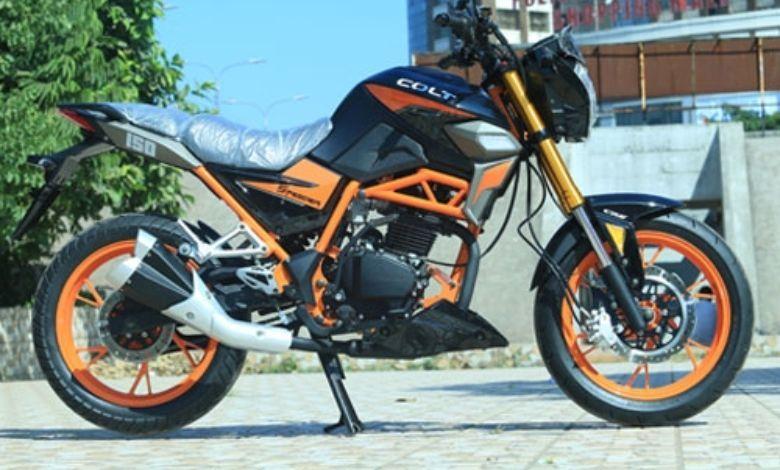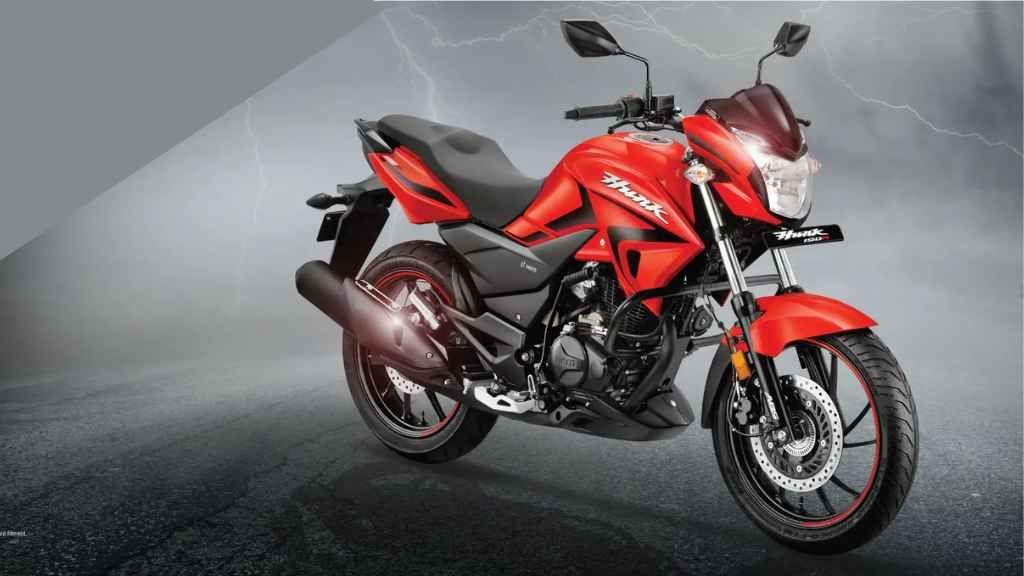Different Types of Clutch and Their Discussion
Hopefully, we don't need to tell you anything new about the use of clutches. It's not possible to change gears without a clutch on a manual bike. Thanks to modern technology, many types of clutches are now available in the market. However, the most basic types of clutches are dry and wet clutches. The ultimate goal of motorcycle companies is to ensure that riders can shift gears easily. So today we will discuss the types of clutches.
What is a Clutch?
A motorcycle clutch is an engine component that controls the power supply from the engine to the transmission or gearbox, allowing for gear changes. In simple terms, through the clutch, riders can turn the gearbox's power on or off for the purpose of changing gears.
Types of Clutches
Hopefully, you have gained some understanding of clutch usage. Now let's learn about the types of clutches.
1. Wet Clutch
The wet clutch is the most common bike clutch. The oil used in the engine is used in this clutch, hence its name wet clutch. This bike lasts a long time and is very power efficient.
Advantages
- Efficient.
- Long-lasting.
- Low cost.
- Less noise.
Disadvantages
- The engine loses some power during clutch rotation.
2. Dry Clutch
The difference between wet clutch and dry clutch is that no oil is used in a dry clutch. Dry clutches are usually mounted outside the bike's case and are only used in minimal bikes.
Advantages
- Easily replaceable.
- Easy to use.
- No power loss.
Disadvantages
- Gets hot.
- Less durable.
- Makes noise.
3. Slipper Clutch
A slipper clutch prevents engine over-revving and controls the rear wheel. Especially when fast braking is needed, the rear wheel can rotate faster than the engine's power. The slipper clutch ensures that the engine speed and bike speed remain the same.
Advantages
- Absorbs engine braking force.
- Allows very fast downshifting.
- Best for performance.
Disadvantages
- Quite complex technology.
- Quite expensive.
4. Multi-Plate Clutch
The multi-plate clutch is another widely used clutch on bikes. Typically, a multi-plate clutch is made using multiple wet or dry clutch plates. This type of clutch has a very high torque-transmitting capacity.
Advantages
- Can generate high torque.
- Small in size.
Disadvantages
- Quite expensive.
- Quite heavy.
5. Automatic Clutch
The automatic clutch is usually used in scooters. This clutch adjusts the engine RPM. Since it cannot be changed manually, it is called an automatic clutch.
Advantages
- Quite easy to use.
- Low cost.
Disadvantages
- Cannot generate much torque.
- Some power loss occurs.
- Gets quite hot.
Conclusion
No matter what type of bike you ride, you should know the ins and outs of your bike. Hopefully, today I have been able to give you a good idea about the types of clutches.
